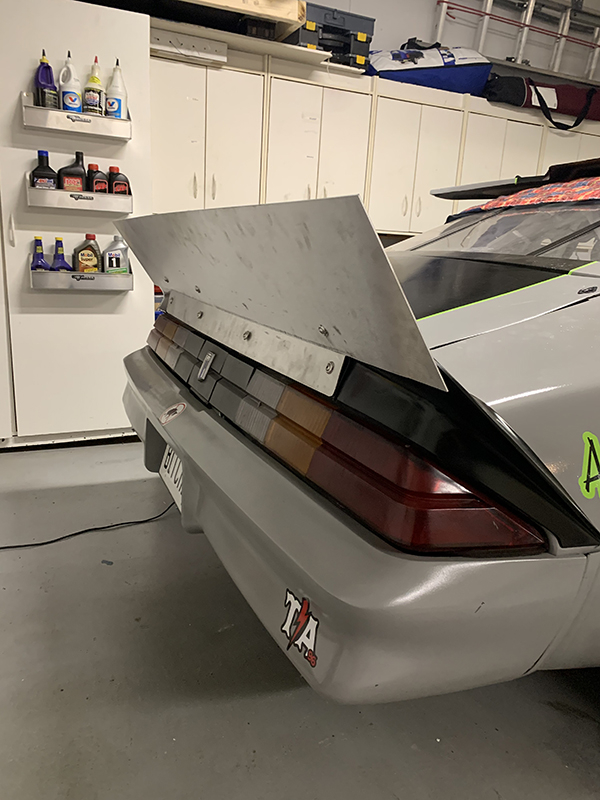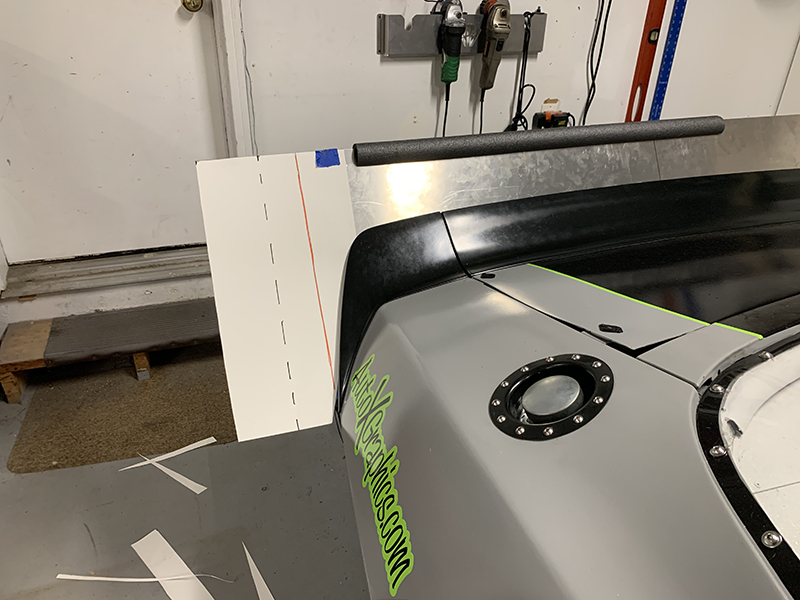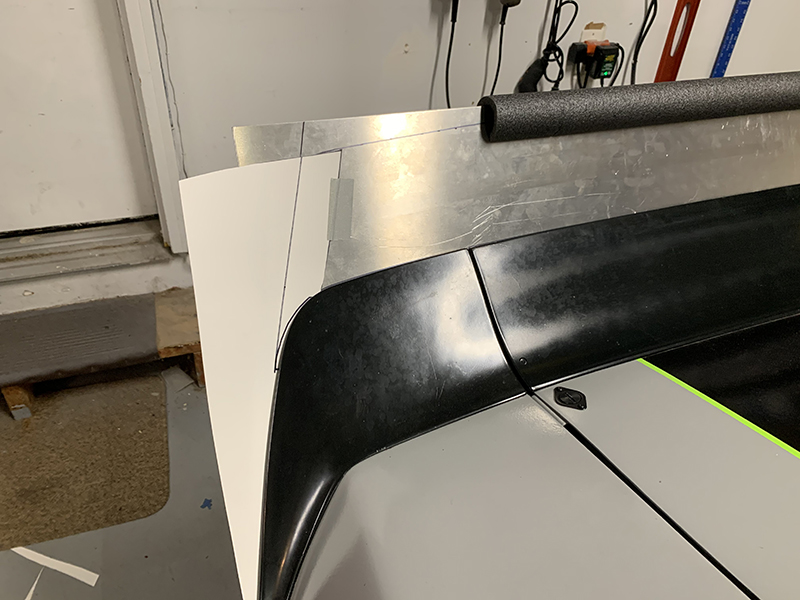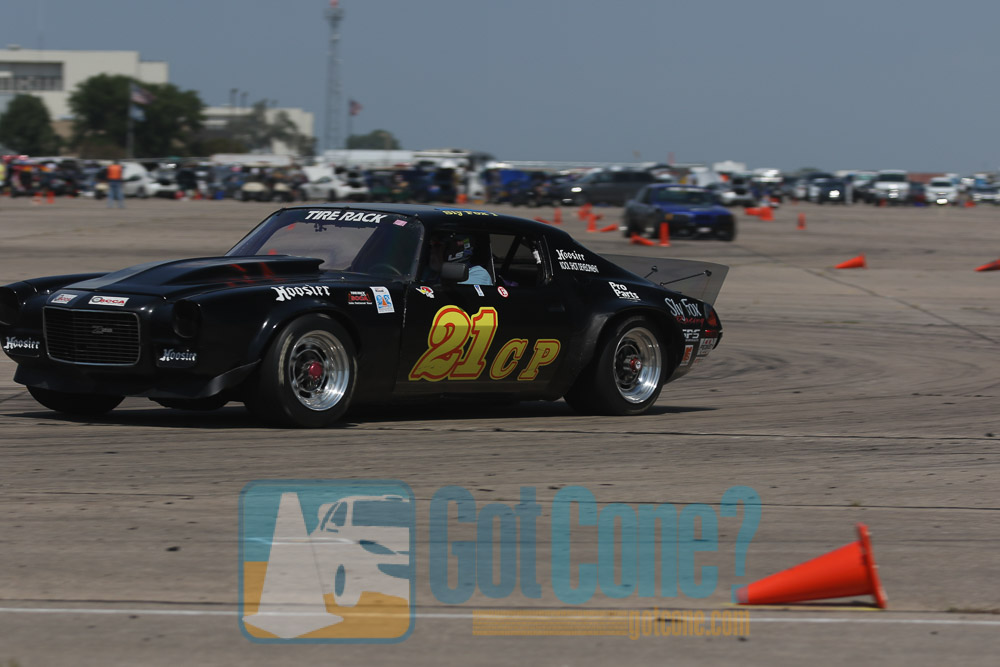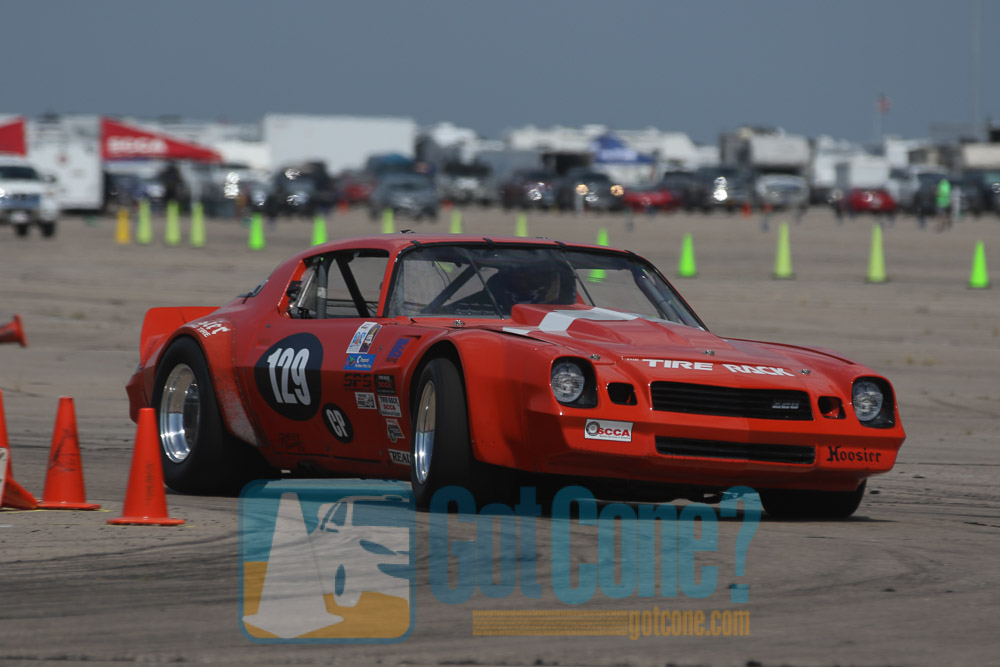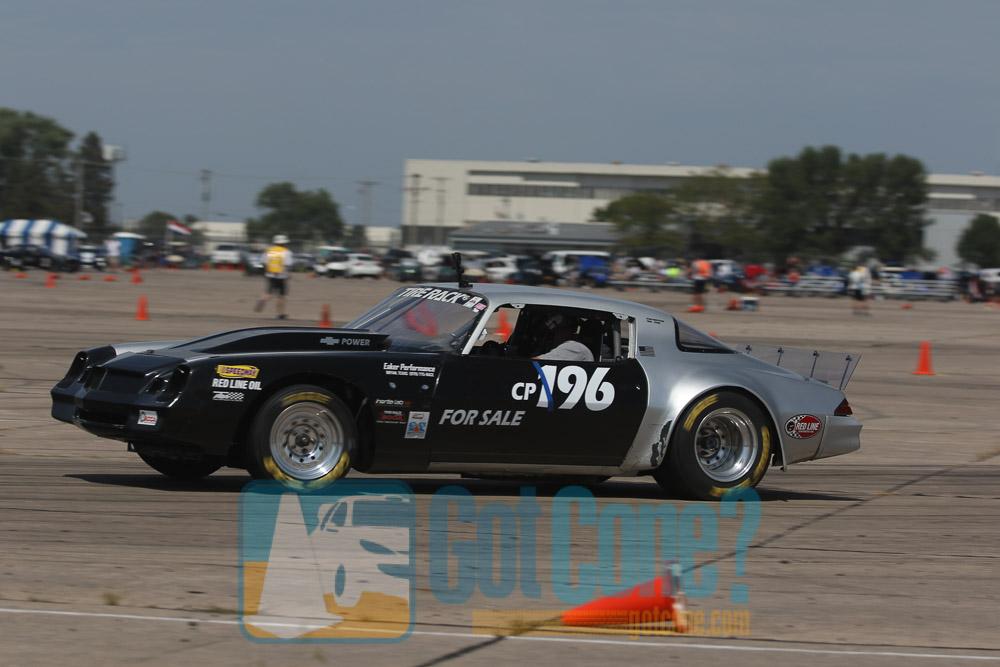As some may know, I have a 1981 Camaro that I have built for the SCCA's C-Prepared autocross class. In the class, we are allowed to run a rear spoiler:
P. A spoiler may be added to the rear of the car provided it complies with either of the following: 1. It is a production rear spoiler which is standard or optional equipment of a US model of the vehicle or an exact replica in an alternate material. 2. It is a non-production rear spoiler which is mounted to the rear portion of the rear hatch, deck, or trunk lid. The spoiler may extend no more than 10.0” (25.4 cm) from the original bodywork in any direction. Alternatively in a hatchback, the spoiler may be mounted to the rear hatch lid at or near the top of the hatch in such a configuration the spoiler may extend not more than 7½ inches (7.50”, 19.1 cm) from the original bodywork in any direction. The spoiler may be no wider that the bodywork. The use of endplates is prohibited. Spoiler endplates are defined as any vertical (or semi-vertical) surfaces attached in front of the spoiler which have the result of capturing and redistributing air (downforce) along all or any portion of the spoiler. The angle of attack is free. The spoiler may not function as a wing.
I will admit, I am a fan of the car with the factor spoiler, so when I started building my prepared spoiler, I based it off of the factory spoiler. The factory spoiler has a very shallow angle of attack, so I put a break in my spoiler to angle it up in an attempt to generate more downforce.
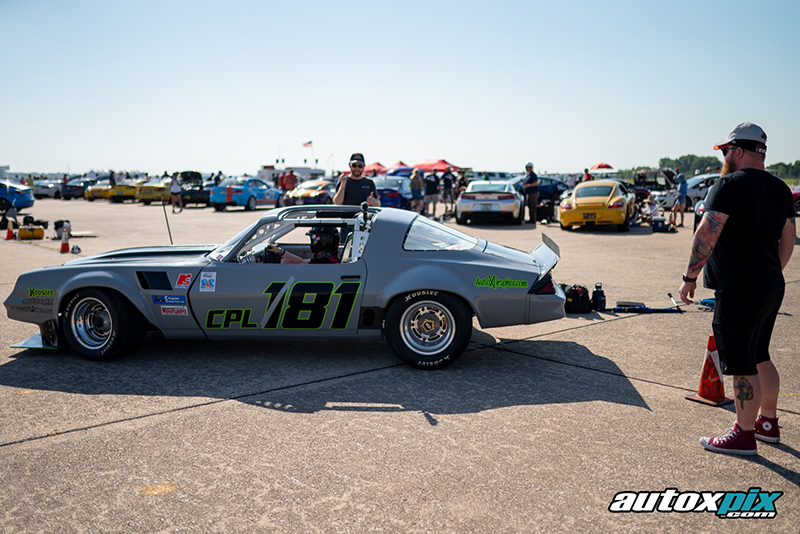
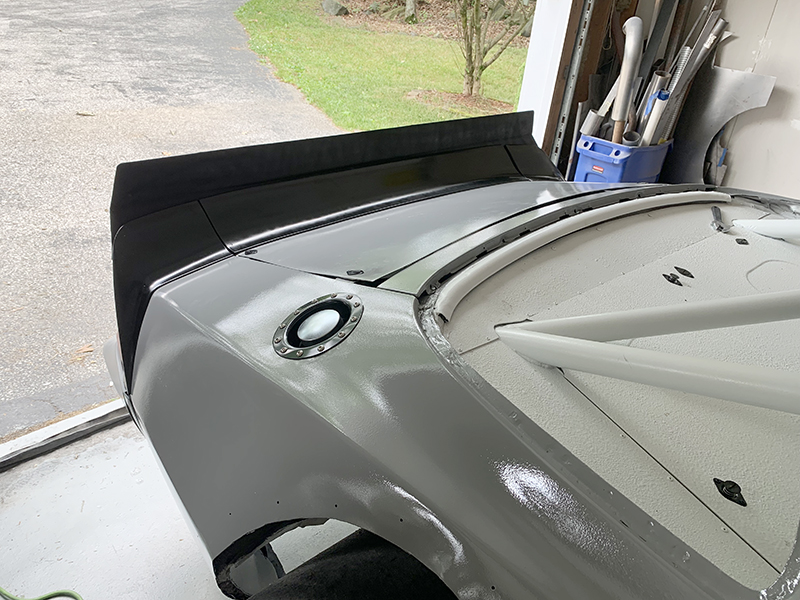
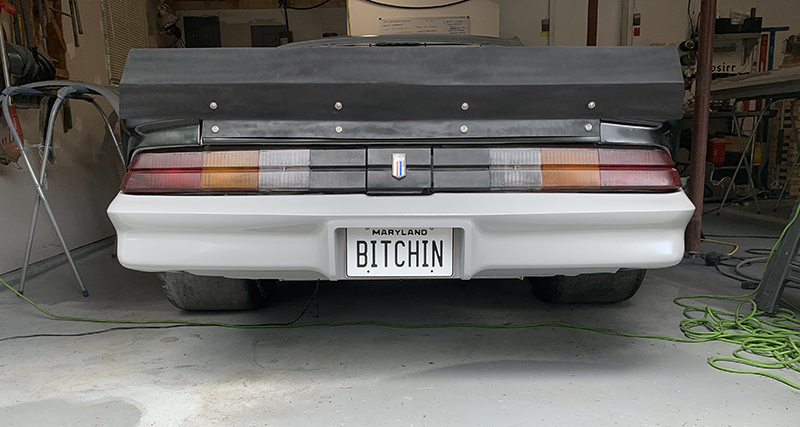
So the my question is, am I actually accomplishing what I wanted with the bend and change in angle of attack? How much do you think I'm giving up vs a flat spoiler at a consistent angle? Am I creating an aero disadvantage with the stock spoiler making a smooth transition where it meets the deck lid vs no stock spoiler and a sharper transition?
For reference, this is the more traditional spoiler:

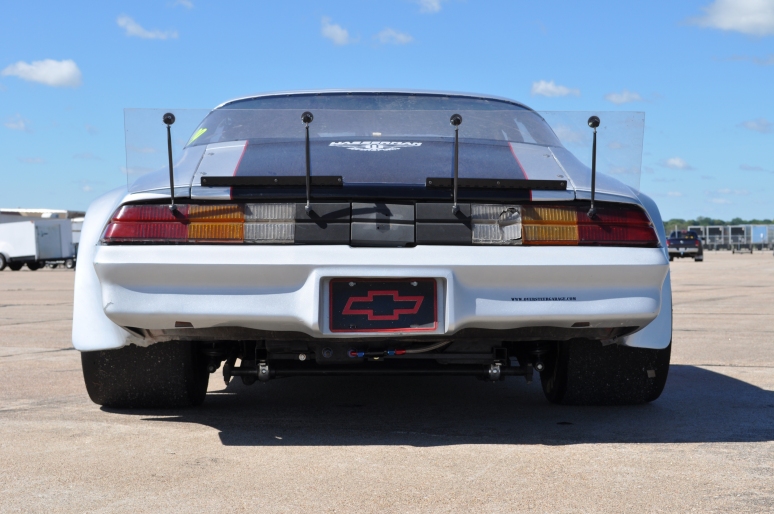










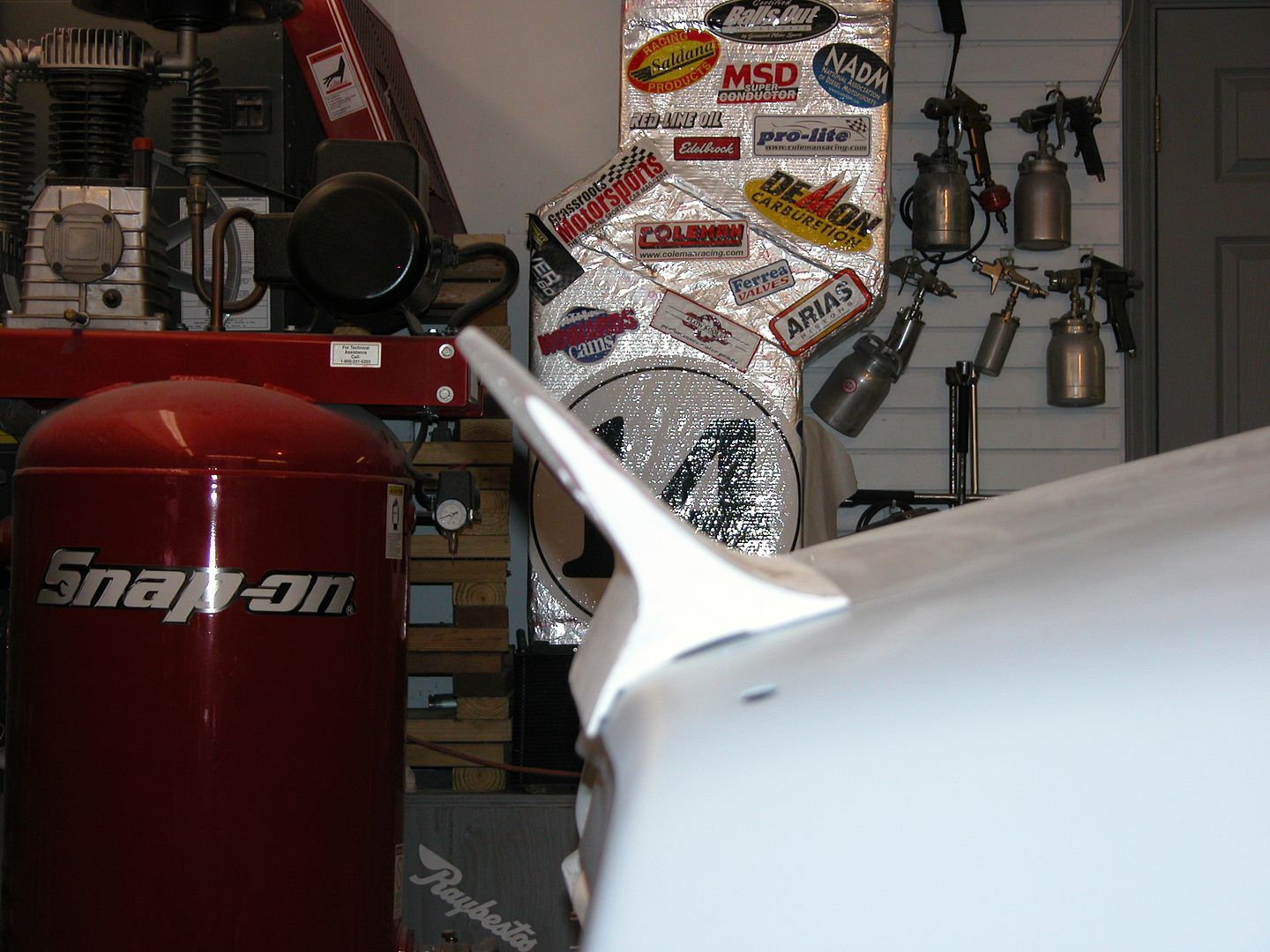 [/URL]
[/URL]




